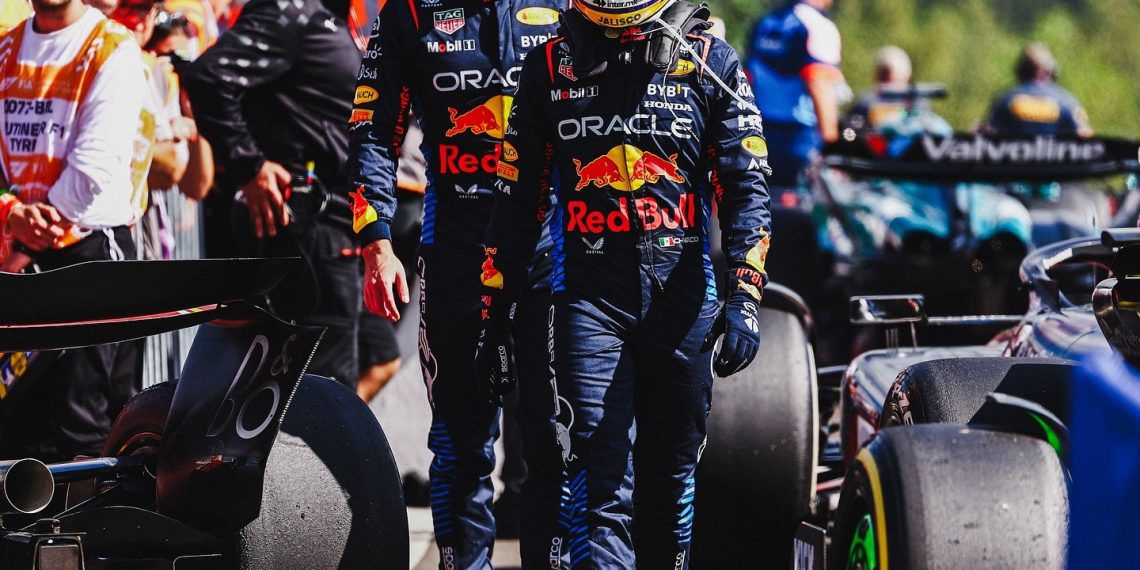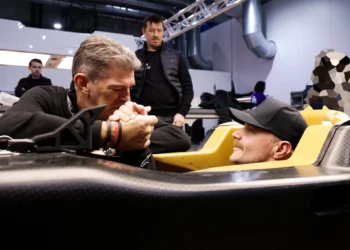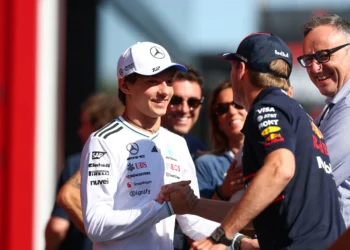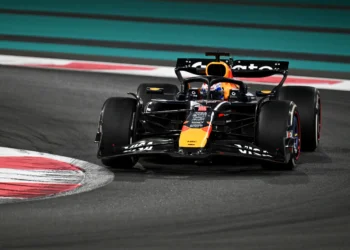Red Bull vehicles in the past have been crafted by Adrian Newey, who will be departing from the team early in 2025. Despite their incredible speed, these cars are not easy to handle. This is perhaps why Max Verstappen, with his exceptional talent, has always been able to excel in his Red Bull Formula 1 cars, while his teammates have struggled. Sergio Perez, who has recently been Verstappen’s best teammate, has also faced significant challenges, leading to speculation about his future. Pierre Wache, the Technical Director at Red Bull, is likely to take over the reins in the technical department once Newey departs. Wache provided some insight into Perez’s difficulties in an interview with Motorsport.com.
When asked if Perez struggled with the demanding nature of Red Bull cars, Wache confirmed, “One part of the explanation can be that, that is correct.” He emphasized that their goal is to create the fastest car that can be effectively utilized by the drivers. By ensuring that the car suits Perez’s needs, both drivers will be able to maximize their potential. Although the drivers may have different driving styles, the fundamental requirements for the car remain similar. Wache stated that they will focus on adjusting the car’s setup rather than its development to accommodate these differences.
Wache also mentioned that the team has been attempting to identify any patterns or tendencies in the car that may have contributed to Perez’s struggles. However, he acknowledged that this is a challenging task, particularly due to the limitations of simulations. He explained: “We attempt to identify certain patterns, but it is exceedingly challenging to highlight them because last year he also faced difficulties at times, so it is arduous for us to discover.
“The primary issue we encounter is that we strive to replicate the vehicle and all these aspects in simulations, but it does not necessarily simulate precisely what the car is experiencing in all conditions.
“The interaction with the tires is extremely difficult to replicate, even if we give our utmost effort. Enhancing these areas is a crucial component of our procedure,” he maintained.
While the current regulations regarding ground effect have been described as highly specific, they have been anything but straightforward, with numerous teams struggling to comprehend them. It took Mercedes three years to do so. Other teams in the third season under these regulations continue to introduce upgrades that backfire and require reverting to older specifications to make their cars easier to handle again. Ferrari and Aston Martin serve as examples. Wache explained that introducing upgrades to these F1 cars is not a simple undertaking, stating: “That is a risk inherent in these types of regulations.
“We have witnessed the same from other teams as well. Mercedes, for instance, has acknowledged that balance was a major issue for them in previous years. Even McLaren experienced it at the start of this season.
“Attaining balance with these cars is quite challenging because if you generate downforce in a specific area of the car that cannot be mechanically rebalanced, utilizing that advantage becomes difficult,” he concluded.
While Red Bull appeared to have mastered the ground-effect era of F1 early on, McLaren and Mercedes have caught up with them and are giving them tough competition in every race. This should make the latter part of the 2024 F1 season, which commences with the Dutch Grand Prix, even more captivating.
Photo from Sergio Perez Instagram










